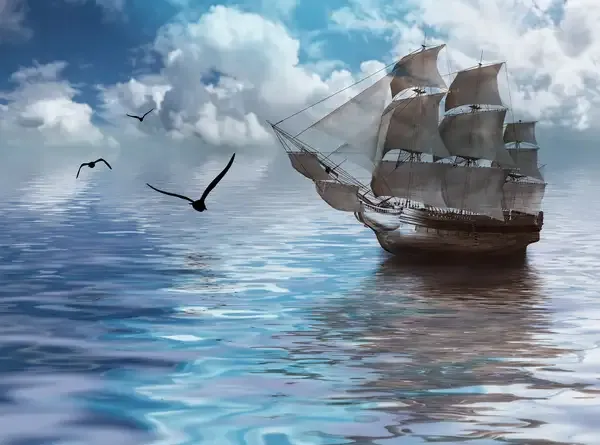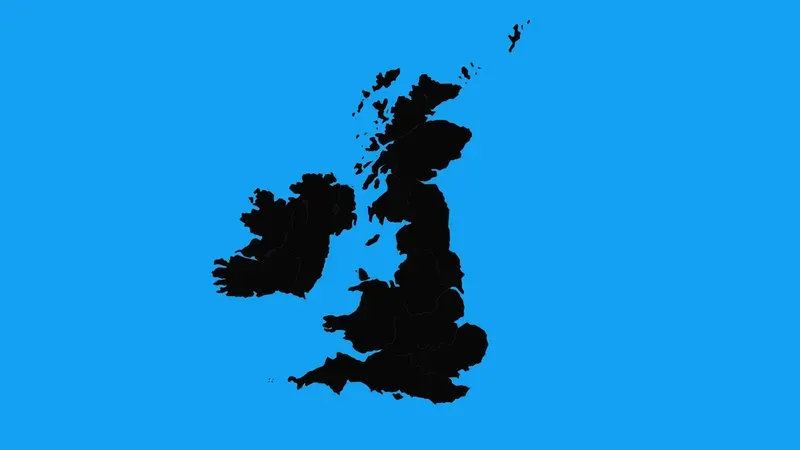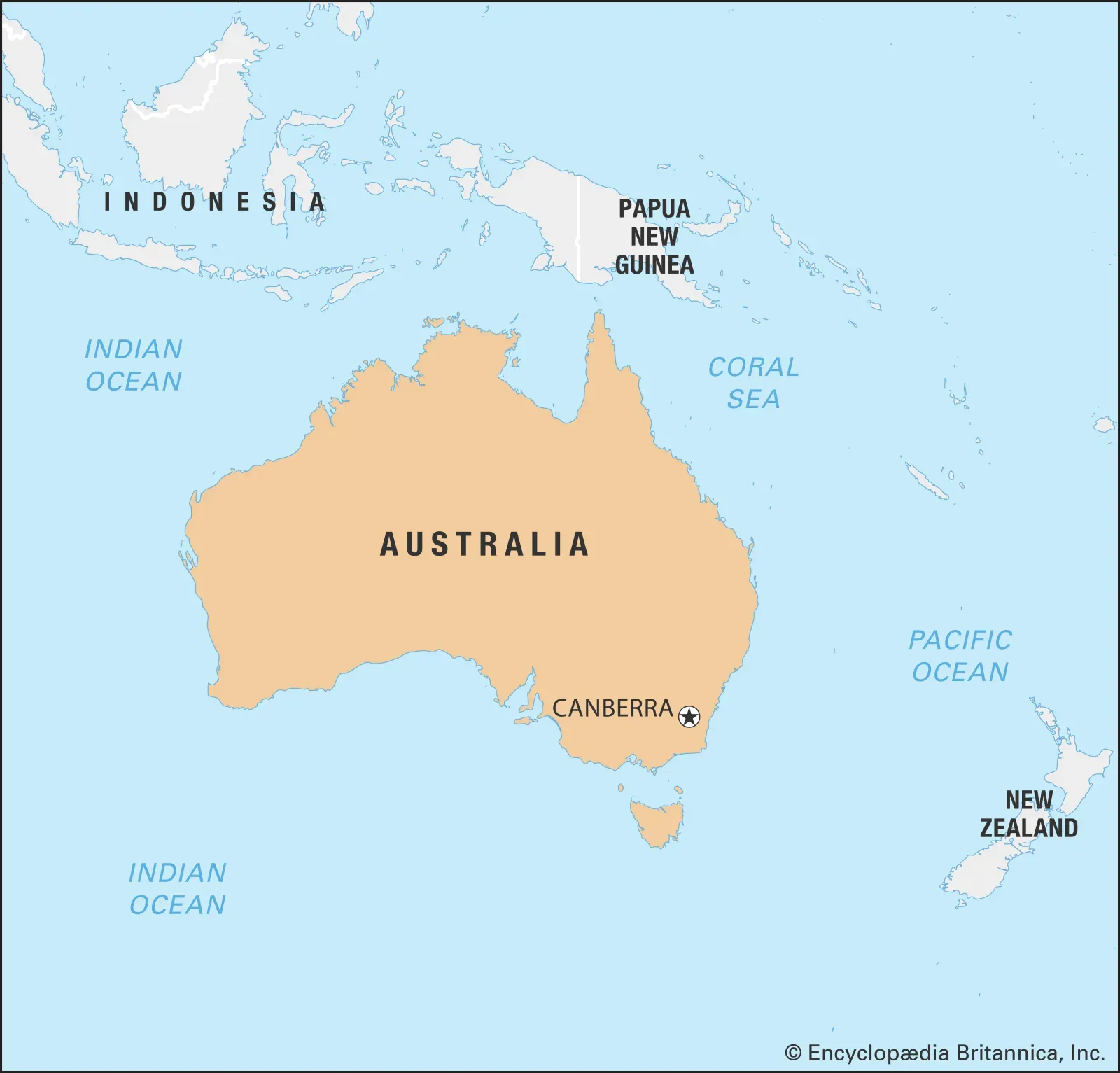Which Waters Do You Pass Through When You “Sail the Seven Seas”?
The phrase "sail the seven seas" traditionally refers to navigating through various significant bodies of water around the world. Historically, the term encompassed the Arctic Ocean, the North Atlantic, the South Atlantic, the Indian Ocean, the North Pacific, the South Pacific, and the Southern (or Antarctic) Ocean. These seas have been central to exploration, trade, and cultural exchange throughout history. The concept evokes the spirit of adventure and the vastness of the world's maritime routes.

When you think of the phrase "sail the seven seas," it conjures images of adventure, exploration, and the vastness of the world's oceans. But what exactly are the ''seven seas''? While the term has evolved over centuries, it generally refers to the major bodies of water that sailors navigate. In this article, we will explore the ''waters'' you pass through when you embark on a journey across these legendary seas.
The Historical Context of the Seven Seas
The term "seven seas" has been used since ancient times, and its meaning has changed throughout history. In the medieval period, it often referred to the ''Mediterranean Sea'', the ''Red Sea'', the ''Black Sea'', and various other bodies of water known to sailors of that era. Today, however, the term is often used more broadly to encompass the major oceans and seas that cover our planet.
The Modern Interpretation
In contemporary usage, the ''seven seas'' generally include the following major bodies of water:
| Sea/Ocean | Location | Features |
|---|---|---|
| 1. Pacific Ocean | Between Asia, Australia, and the Americas | Largest ocean, rich in marine biodiversity |
| 2. Atlantic Ocean | Between the Americas and Europe/Africa | Second-largest ocean, important for trade routes |
| 3. Indian Ocean | Between Africa, Asia, Australia | Warm waters, significant shipping lanes |
| 4. Southern Ocean | Surrounding Antarctica | Known for its unique ecosystems and harsh conditions |
| 5. Arctic Ocean | Surrounding the Arctic region | Smallest ocean, characterized by ice cover |
| 6. Caribbean Sea | Surrounded by Central America and the islands of the Caribbean | Popular tourist destination with vibrant marine life |
| 7. Mediterranean Sea | Between Europe, Africa, and Asia | Rich in history and culture, a significant trade route |
Understanding Each Body of Water
Each of these seas holds its unique characteristics and cultural significance:
1. Pacific Ocean
The ''Pacific Ocean'' is the largest and deepest ocean on Earth, covering more than 63 million square miles. It is home to diverse marine life, including whales, dolphins, and various fish species. The ocean plays a crucial role in global weather patterns and is a key area for international shipping.
2. Atlantic Ocean
Stretching from the Arctic Ocean in the north to the Southern Ocean in the south, the ''Atlantic Ocean'' is vital for global trade. It hosts numerous islands and is known for its rich fishing grounds. Historical events, such as the Titanic disaster, have made it a focal point of maritime history.
3. Indian Ocean
The ''Indian Ocean'' is known for its warm waters and is a significant route for oil tankers and cargo ships. It is surrounded by some of the world's most populous countries, including India and Indonesia. The ocean is also well-known for its vibrant coral reefs and islands, like the Maldives.
4. Southern Ocean
The ''Southern Ocean'' encircles Antarctica and is characterized by its cold waters and unique ecosystems. It plays a crucial role in regulating global climate and is home to species like the emperor penguin and various seals. This ocean is less traveled by commercial ships due to its harsh conditions.
5. Arctic Ocean
The ''Arctic Ocean'' is the smallest and shallowest ocean, primarily covered by sea ice throughout the year. Its fragile ecosystem is threatened by climate change, making it a focus for environmental studies. The ocean is also vital for the indigenous communities living in the Arctic region.
6. Caribbean Sea
Famous for its turquoise waters and white sandy beaches, the ''Caribbean Sea'' is a hotspot for tourism. It is home to a rich diversity of marine life, including coral reefs that attract divers and snorkelers from around the world. The sea also has a rich history of piracy and exploration.
7. Mediterranean Sea
The ''Mediterranean Sea'' has been a cradle of civilization for thousands of years, influencing cultures across Europe, Africa, and Asia. Its warm waters and strategic location made it essential for trade and cultural exchange. Today, it remains a popular destination for travelers seeking history, culture, and natural beauty.
The Importance of the Seven Seas
Sailing the ''seven seas'' is not just about adventure; it is also a testament to humanity's connection with the oceans. Each of these bodies of water offers unique experiences, ecosystems, and histories that shape our world. Understanding these ''waters'' helps us appreciate the significance of maritime trade, cultural exchanges, and the need for conservation efforts to protect these vital ecosystems.
Conclusion
As you contemplate your next maritime adventure, remember that sailing the ''seven seas'' is a journey through some of the most fascinating and diverse bodies of water on the planet. From the vibrant marine life of the ''Caribbean Sea'' to the historical richness of the ''Mediterranean Sea'', each sea offers something unique. So, whether you're planning a cruise, a sailing trip, or simply exploring maritime history, there’s a whole world to discover across these legendary waters.












